Wonder Land - My first solo exhibition at Tashkeel
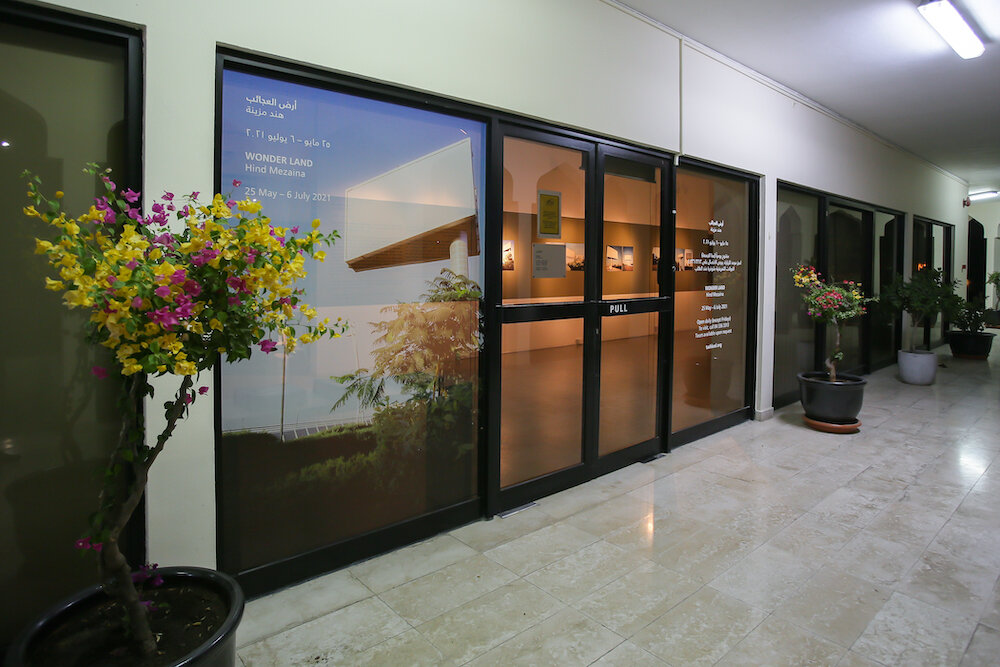


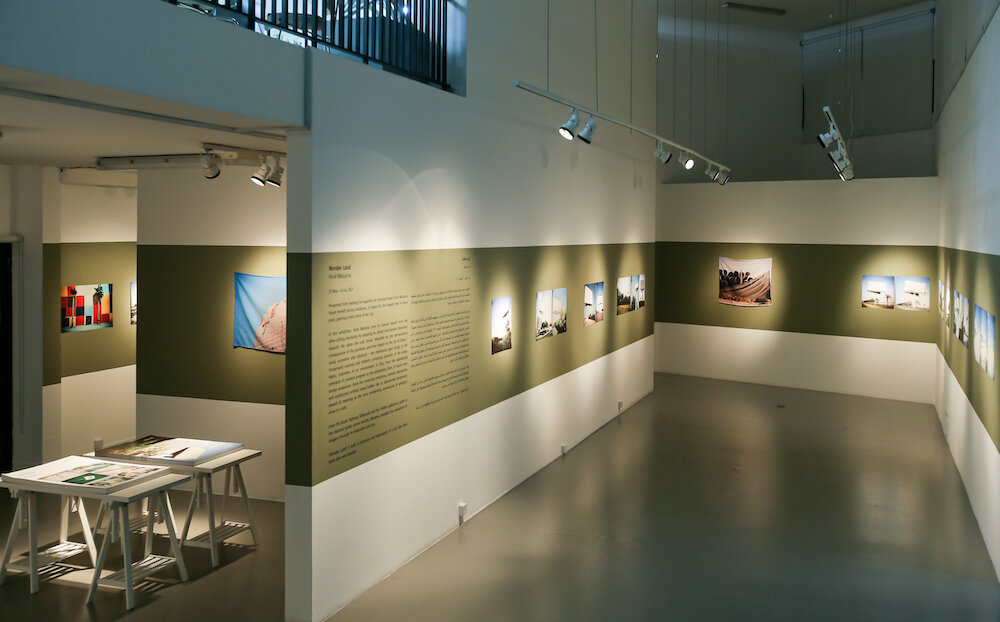
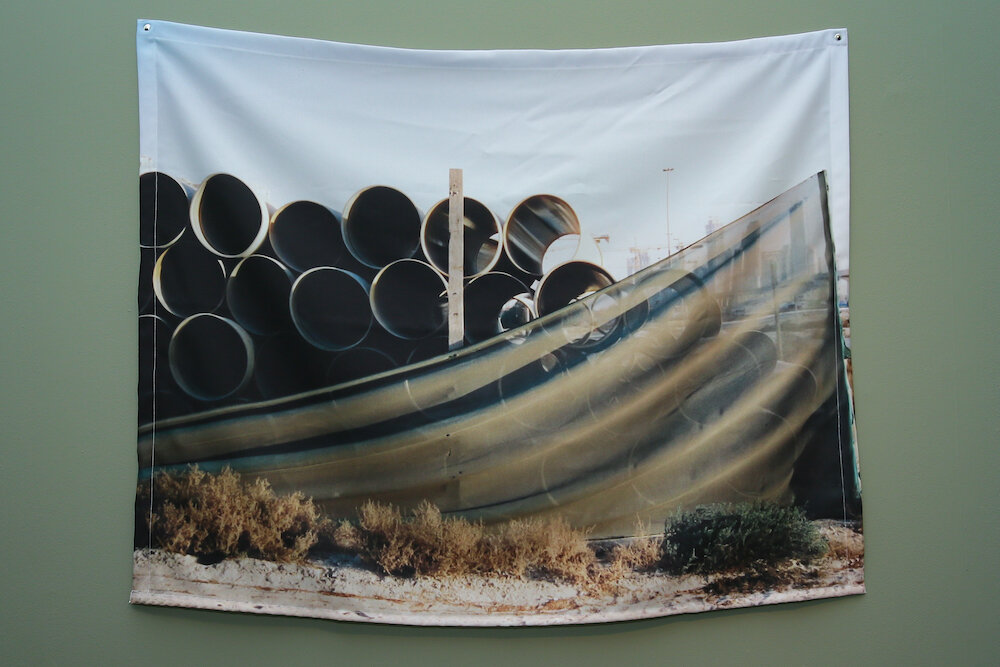

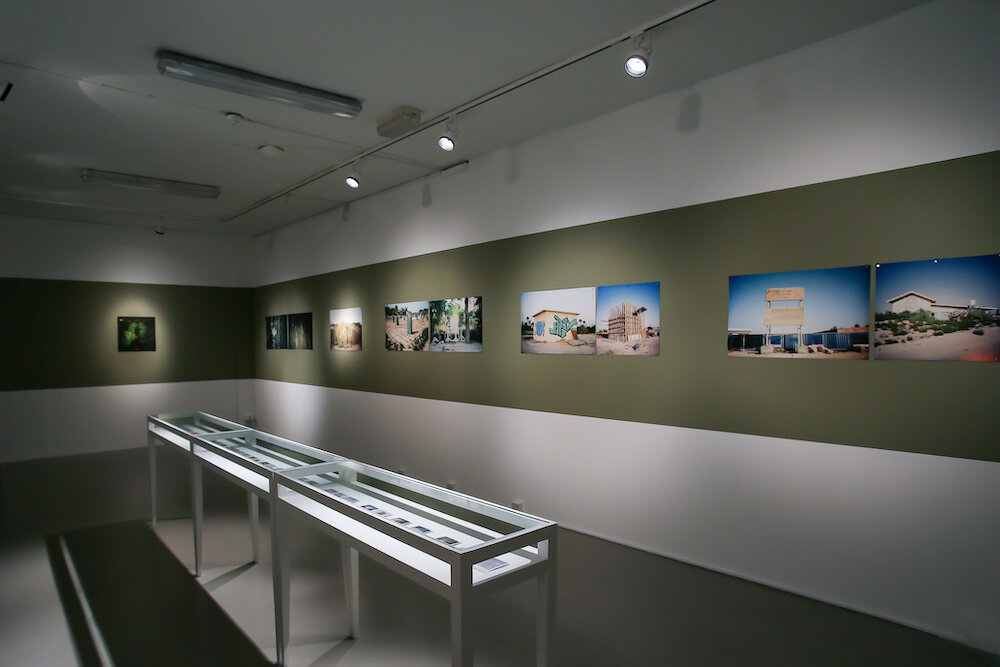
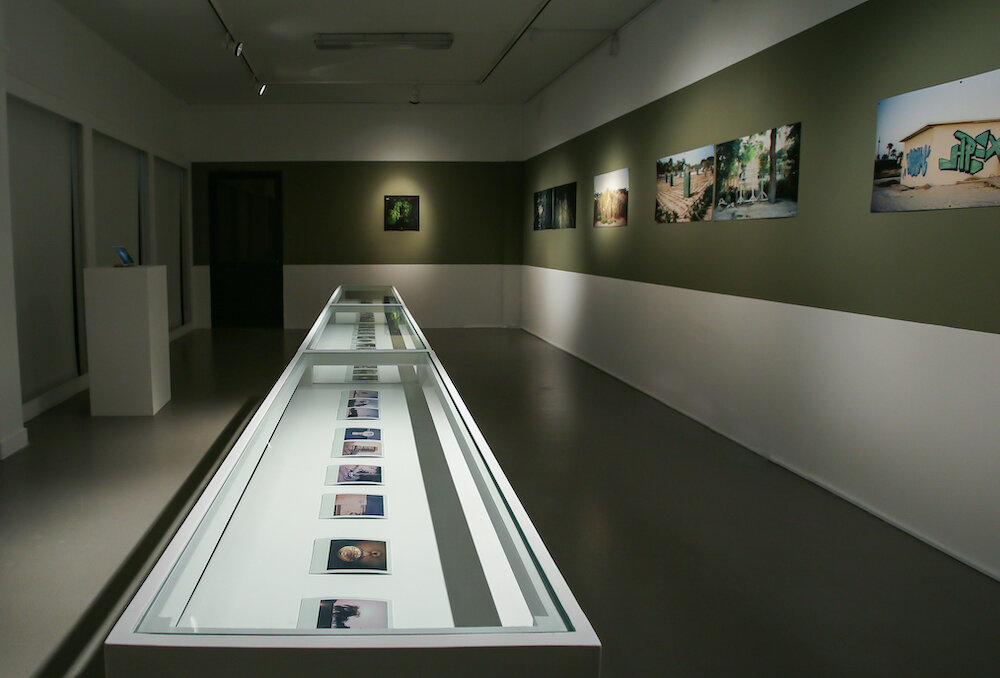
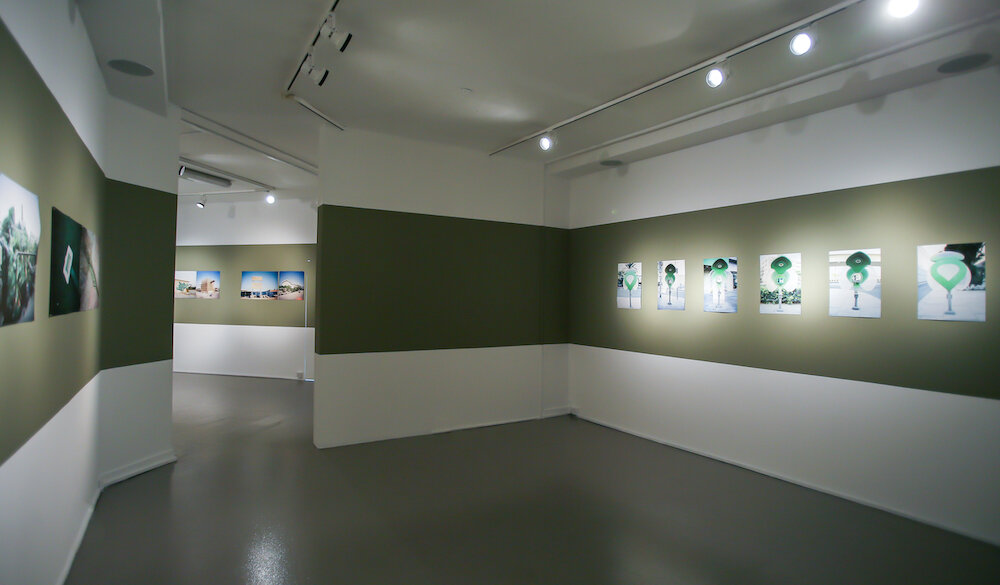
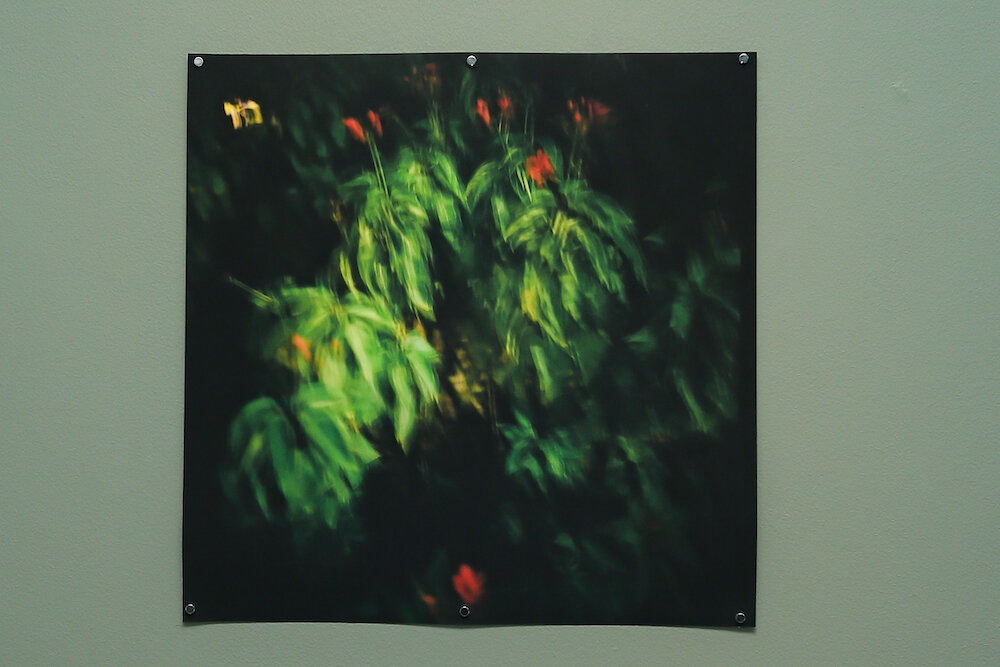
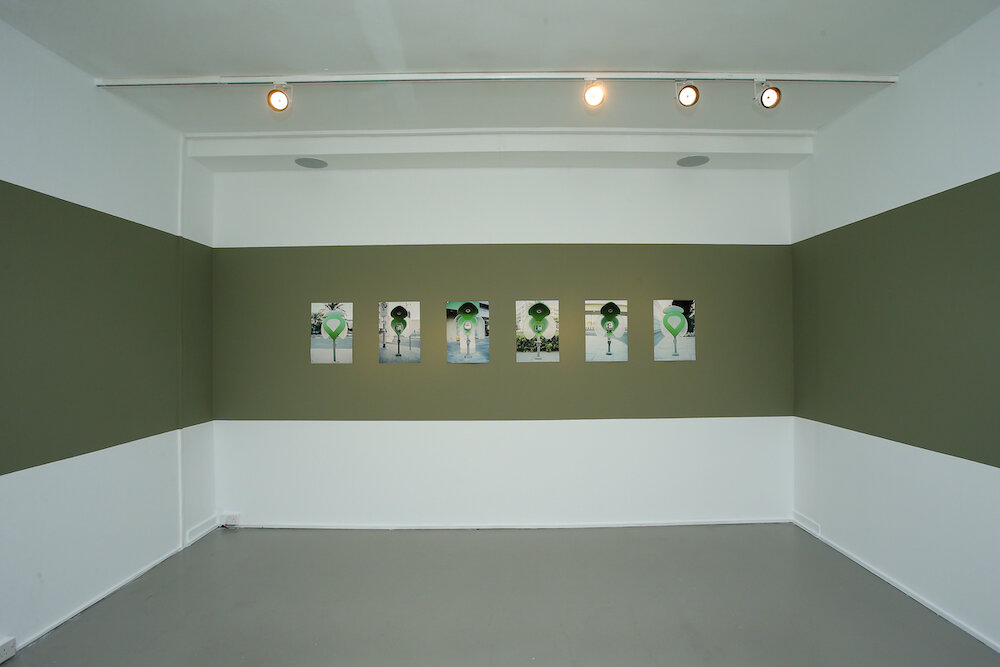
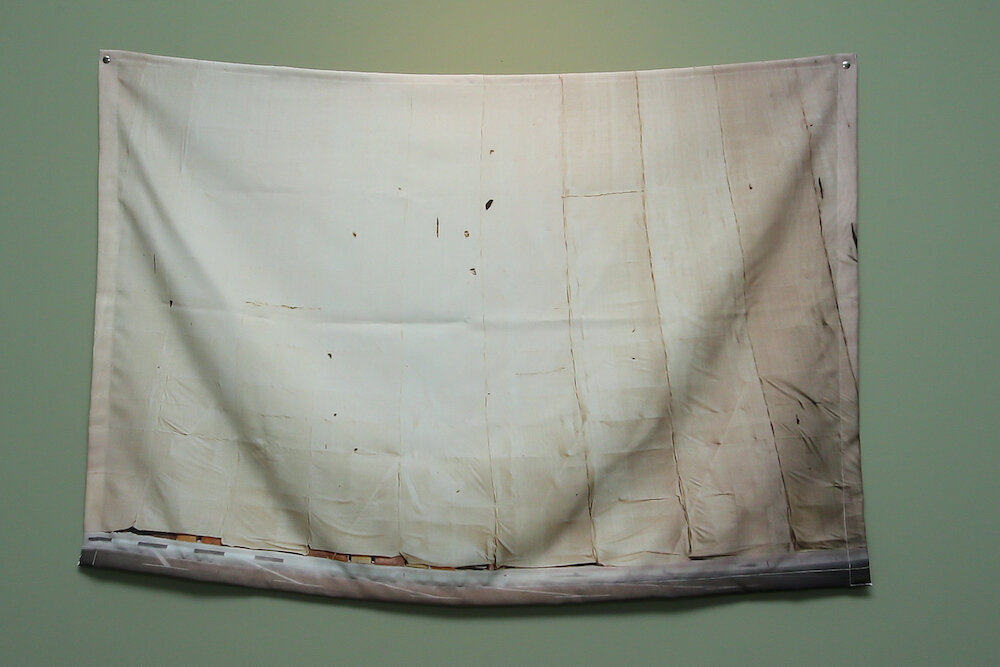
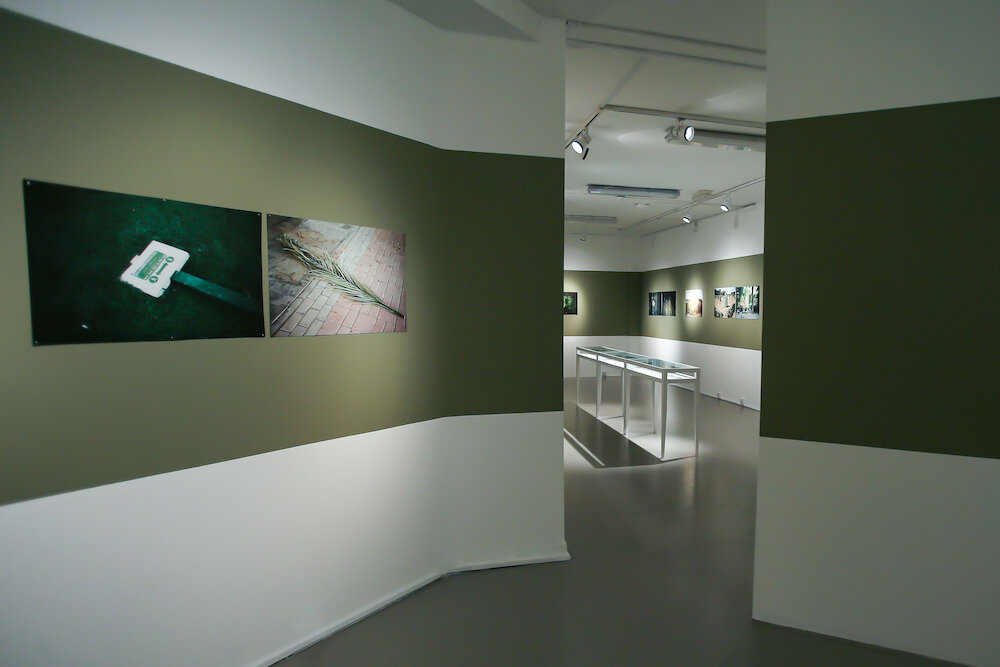
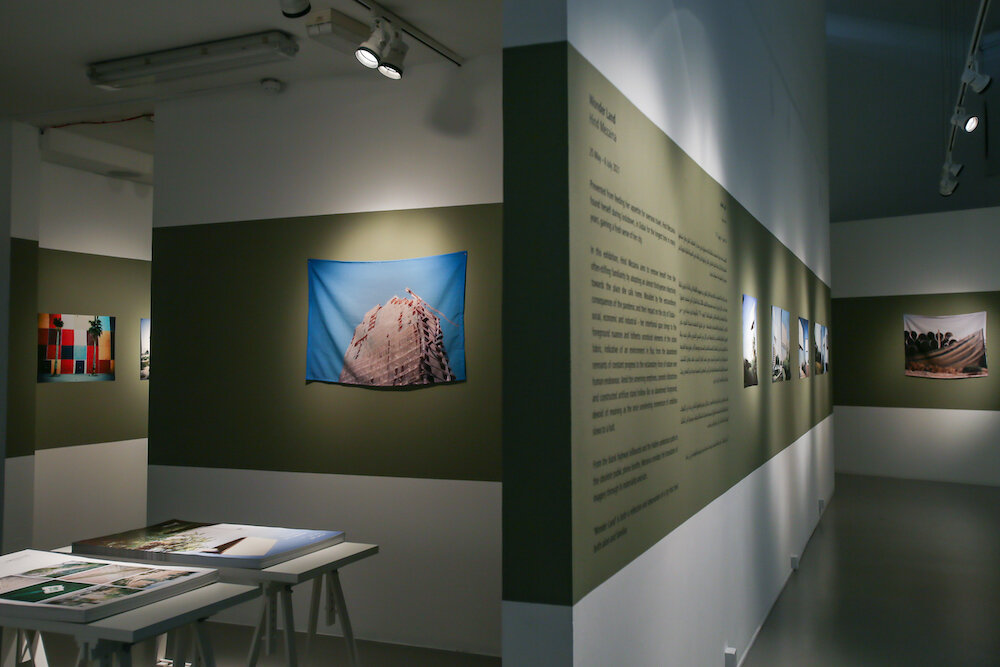
It’s been quiet here for the past couple of months because I was busy working on my first ever solo exhibition, which opened on May 25 and on until July 6.
The name of the exhibition is Wonder Land, at Tashkeel in Nad Al Sheba, Dubai. It’s a result of a one year program called Critical Practice Program, which consists of mentoring, critiques, studio visits, production support and studio access. My mentor was Peggy Sue Amison, Artistic Director of East Wing, a platform for photography founded in Doha, Qatar in 2012, she’s also a curator, writer, producer and photographic consultant.
2020 was not the kind of year I imagined I’d be preparing for a solo exhibition, but eventually I found my path leading to Wonder Land.
You can see some of the photos that is part of the Wonder Land series in this post, and you can read more about the exhibition here: https://tashkeel.org/exhibitions/wonder-land
The exhibition is free to attend and there are also scheduled free tours with me, some of which include invited speakers to join me and the visitors for a discussion about the themes in the exhibition and how they respond to the work and how it relates to the work they do. It’s been a very rewarding way to engage with visitors and to also let them participate in a discussion instead of just me doing all the talking. It’s the kind of conversations that could never happen in a panel talk format.
These are the tours that already happened:
Artist-led tours
Tuesday 25 May 2021 (opening day tour) | 6-7pm, 7-8pm, 8-9pm
Join the artist Hind Mezaina on a tour of her first solo exhibition Wonder Land, which explores the unnoticed elements of the urban fabric of Dubai during the lockdown last year.
Saturday 29 May 2021 | 10-11am, 11am-12pm, 12-1pm
Hind Mezaina is joined by Austyn Allison, Editor of Campaign Middle East, the region's leading media, marketing and advertising title, to discuss the economics, politics and logistics behind outdoor advertising in Dubai. We have all seen the signs (or lack of) around the city so what's there, what's missing and why?
Saturday 5 June 2021 | 10-11am, 11am-12pm, 12-1pm
Hind Mezaina is joined by artists Layan Attari and Mohamed Khalid to discuss flaneurism, green spaces and urban aesthetics.
These are the upcoming ones, so please sign up if you are interested by sending an email to tashkeel@tashkeel.org.
Saturday 19 June 2021 | 11am-12pm, 12-1pm
Hind Mezaina is joined by Adina Hempel and Janet Bellotto, Founders of City EastWest, a research project that explores how authenticity and place specificity is formed, influenced through media representation, in comparison to personal experiences that develop an urban memory and identity opposed to a singular narrative.
Saturday 3 July 2021 | 10-11am, 11am-12pm, 12-1pm
Join the artist Hind Mezaina on a tour of her first solo exhibition Wonder Land, which explores the unnoticed elements of the urban fabric of Dubai during the lockdown last year.
You can also collect free posters and a free catalogue that includes an email conversation between me and Todd Reisz, essay by Peggy Sue Amison and reproduced essays by Bindu Rai, Rana Almutawa and Alex Atack. The catalogue can be viewed here too.
This is the introduction I wrote in the catalogue:
Blank billboards, phone booths and green spaces
by Hind Mezaina
Dubai always felt like a bubble to me. To experience the ‘real world’, I always had the urge to travel, spend time in other cities and to engage with them in ways I cannot in my own hometown.When the world was in lockdown mode and borders were closed to international travel – some still closed to this date – I found myself in Dubai for the longest time in many years. Going for long drives and long walks felt like safe ways to get a sense of the city during the pandemic.
I created a border for myself, spending more time in the northern part of the city and finding myself reengaging with parts of Dubai I had not been to in a long time; occasionally (and surprisingly) finding places new to me.
The one thing that stood out the most were the blank billboards. Despite their empty facades, these tall structures expressed a lot. Outdoor advertising took a break – reasons included lack of marketing budgets, fewer people on the road to advertise to, and a tricky time to try and sell anything that feels luxurious. Yet, it was also a relief for me to see blank billboards, a decluttering of sorts, less distractions.
Taking photos of some of these blank billboards also led to me to follow foot paths. You reconnect with a city differently through walking. You find and notice things that would not be possible from a car.
I also started to take notice of the phone booths in the shape of plants, clustered around certain parts of town, that have been there for a long time. Seeing them collecting dust made me wonder how long will they remain before getting removed? During all my walks, I never found a single person using a phone booth. It is strange to now think of them as obsolete objects.
Going for long drives and long walks felt like safe ways to get a sense of the city during the pandemic.
Manicured, green spaces are very visible along the roads and highways and in both commercial and private spaces and districts. Yet when you walk, you find wild, green spaces that have managed to grow on their own, without human interference. Being so used
to polished exteriors and well-groomed green spaces, finding anything ‘wild’ feels like something that needs to be preserved. But these spaces too are not safe from the constant wave of demolition – or, in this case, uprooting.‘Wonder Land’ is a reflection and observation of a city that feels both alien and home to me.















